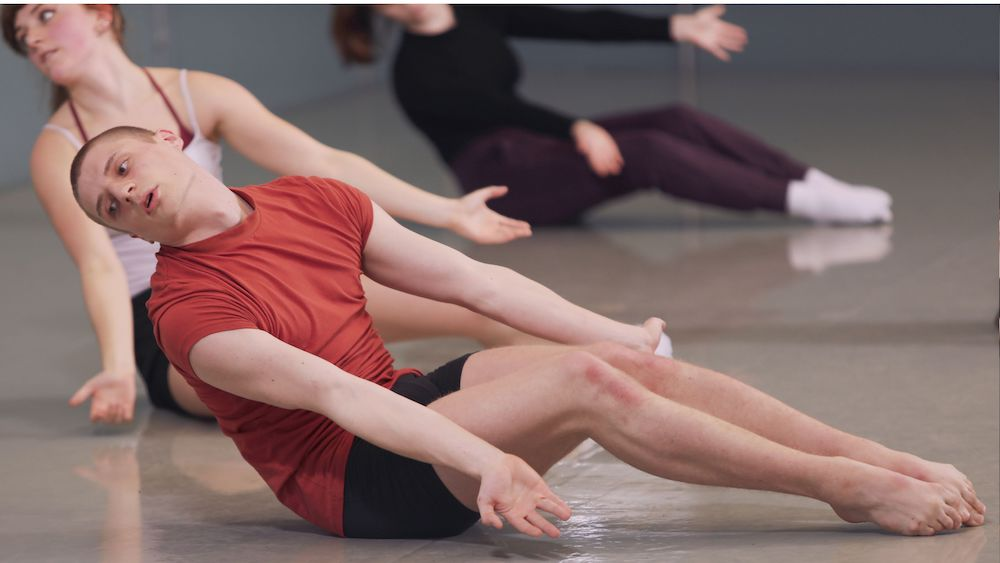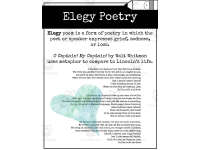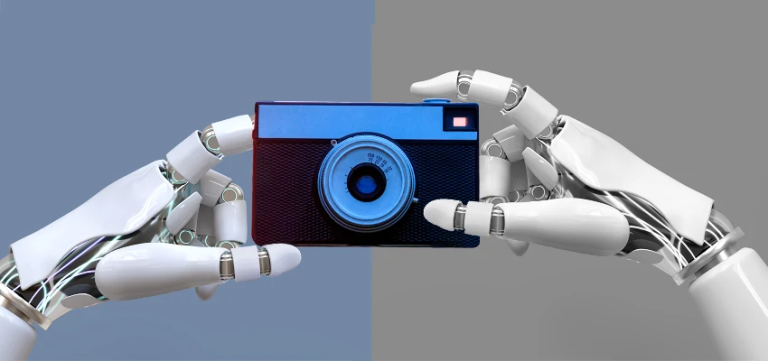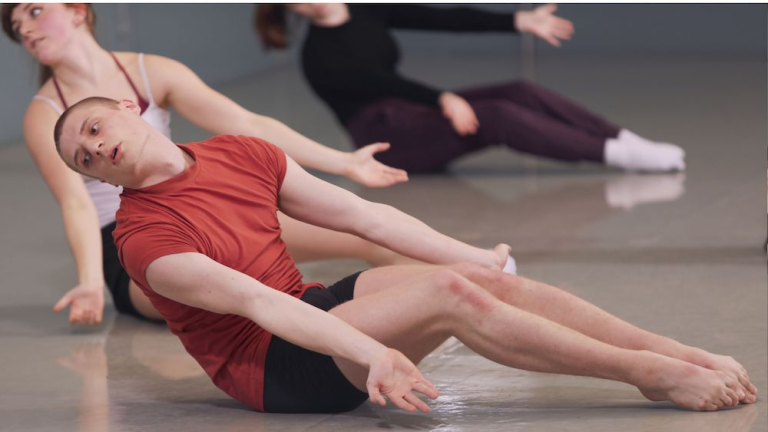
Dance techniques serve as the foundation for expressive movement, enabling individuals to explore the full range of body movement with confidence and creativity. By mastering various styles and methods, dancers can unlock the numerous benefits of dancing, such as improved physical health and emotional well-being. From classical ballet to contemporary forms, these techniques offer unique ways to convey dance expression and connect with one’s inner feelings. Additionally, embracing these methods can help overcome the fear of dancing, empowering individuals to take part in the joyous experience of rhythmic movement. Whether it’s through structured choreography or spontaneous improvisation, dance techniques elevate the art of performance, allowing everyone to find their own voice in the dance world.
When we talk about movement methodologies, we delve into the realm of kinetic artistry and rhythmic expression. These methodologies encompass various forms of dance that promote not only physical fitness but also emotional release and spiritual connection. Through mastering different movement styles, dancers engage in a transformative journey that showcases the essence of their creativity and individuality. The act of dancing, in this context, becomes a powerful medium for expressing one’s emotions and overcoming internal barriers. By embracing the freedom of movement, individuals can experience a sense of liberation that connects them to a larger community of dance enthusiasts.
Unlocking Dance Expression: The Importance of Self-Release
Dance is a profound medium for self-expression, allowing individuals to communicate emotions and thoughts through movement. As we engage with our bodies and let rhythm guide us, we tap into a creative reservoir that can often be hidden beneath layers of inhibitions. In fact, many dancers find that the very act of moving liberates their spirit, enabling them to convey narratives that words alone cannot express. This release can also challenge societal norms and create a new space where individuals feel accepted and seen, regardless of how they appear to others.
In Jeffrey L. Page’s teachings, students are encouraged to explore this freedom by shedding the burdens of judgment. When dancers embrace their flaws and imperfections, they cultivate authenticity in their performances. The transformative power of this practice allows participants to transcend the conventional expectations of appearance, thereby focusing on the exhilaration of dance itself. Such an approach not only enriches dance expression but also nurtures individual personality, prompting dancers to present their unique stories.
The Spiritual Journey Through Body Movement
A significant aspect of dance is its ability to evoke spiritual experiences. This is evident in practices like djine foly from Mali, which illustrates how cultural dance can lead participants into trance-like states. In these moments, dancers access a joy that may be elusive in everyday life, connecting with deeper emotional currents. Moving beyond mere physicality, this type of dance introduces an awareness of the spirit, facilitating a profound connection between mind, body, and emotions that feels spiritually cleansing and rejuvenating.
Spiritual dance has long been a means of healing and connection within many communities, including the Black church, where the act of dancing can lead to what is described as ‘catching the holy ghost.’ By surrendering to the rhythm, participants become part of a collective experience that binds them together in shared emotion and expression. The uplifting energy during such dances not only serves as entertainment but plays a vital role in the spiritual and emotional well-being of individuals, proving that there are countless benefits of dancing beyond the physical.
Overcoming the Fear of Dancing: Embrace the Freedom
Many people are paralyzed by the fear of dancing, often concerned about their capabilities or how they may be perceived by others. This fear can stem from a deep-rooted sense of self-consciousness, preventing individuals from experiencing the joy and liberation that dancing can provide. However, overcoming this fear is essential for personal growth and finding one’s rhythm in life. By encouraging ourselves to ‘dance like nobody’s watching,’ we can break the chains of insecurity that hold us back and discover the unfiltered joy that dance offers.
Jeffrey L. Page’s philosophy encourages individuals to release their worries and engage in an uninhibited expression of self through body movement. Challenging oneself to dance openly can lead to a surprising shift in perspective, where the act of dancing transforms from a daunting task into a celebration of freedom. Whether it’s in a class setting or a spontaneous moment, finding joy in movement allows us to reconnect with our bodies and step outside our comfort zones, ultimately enriching not just our lives, but our communities as well.
The Therapeutic Benefits of Dancing Regularly
Engaging in dance regularly can provide numerous therapeutic benefits. It serves as a powerful outlet for emotional release, helping individuals process feelings they may otherwise struggle to articulate. Scientific research has shown that dance can lead to an increase in endorphins, the brain’s feel-good hormones, and contribute significantly to mental health by reducing symptoms of anxiety and depression. In this way, dance not only acts as a physical activity but also enhances emotional resilience and promotes overall well-being.
Furthermore, dancing in a group setting fosters a sense of community, allowing people to connect and bond through shared movement and rhythm. This social aspect of dance can be incredibly healing, as it builds a strong support system and promotes inclusivity. Being part of a dance community can encourage individuals to maintain their practice, creating a routine that not only benefits their physical fitness but also uplifts their spirits. Thus, the benefits of dancing extend well beyond physical health, nurturing both the heart and mind.
Dance Techniques: Exploring Expressions Through Movement
Understanding various dance techniques is crucial for dancers who wish to express themselves fully. Different styles, from ballet to hip-hop and spiritual dance, offer unique ways to convey meaning through body movement. For instance, ballet emphasizes precision and grace, allowing dancers to tell stories through intricate footwork and posture. Conversely, hip-hop focuses on rhythm and expressiveness, encouraging performers to reinterpret emotions dynamically. By diving into these different techniques, dancers can broaden their expression and choose how best to share their narratives!
Mastering dance techniques also comes with the additional benefit of enhancing overall physical fitness. Each genre demands varied levels of strength, flexibility, and rhythm, leading to a well-rounded physical experience. Dancers who actively practice diverse techniques often find themselves more adaptable and more able to connect with various musical styles and cultural expressions. This adaptability not only enriches their dance journey but also grounds their ability to connect authentically with audiences and other dancers alike.
Exploring Body Movement: The Language of Dance
Dance serves as a universal language that transcends cultural and linguistic barriers through body movement. The way in which we utilize our bodies to tell stories and convey emotions is integral to the dance experience. With each step, spin, and gesture, dancers create a dialogue that can be understood intuitively by observers, inviting them into a world of artistic expression and emotional depth. This communicative aspect of dance allows for a rich exploration of themes, be it joy, sorrow, or celebration.
The incorporation of diverse body movements not only enriches individual dance styles but also contributes to a global appreciation of cultural expressions. By studying various techniques from different traditions, dancers learn to amplify their expressive potential, fostering creativity in their performances. This blend of cultures and techniques celebrates the diversity of human experience, showcasing how dance remains a dynamic, evolving form of storytelling that invites everyone to partake in its rich narrative.
Dance and Community: The Cultural Bonds Through Movement
Dance has always played a pivotal role in forging community bonds, embodying cultural identities and shared experiences. Through various communal dance practices, individuals celebrate heritage, connect with one another, and express collective narratives. Whether during festivals, ceremonies, or simply social gatherings, dance becomes a vehicle for unity, allowing people to come together and participate in activities that strengthen interpersonal relationships.
Furthermore, these communal dance experiences foster a sense of belonging, helping individuals feel both seen and heard within their communities. In a world where isolation and disconnection are increasingly common, the act of dancing together can create profound emotional ties. This emphasizes not only the joy of movement but also its ability to cultivate supportive spaces that inspire participants to celebrate their identities and life experiences collectively.
The Journey of Self-Discovery through Dance
Traveling through the journey of dance often leads to remarkable self-discovery for many dancers. Dance acts as a mirror, reflecting personal insecurities, aspirations, and identities back at those who dare to engage physically with their emotions. As dancers navigate movement to a rhythm, they often uncover parts of themselves that may have been hidden, learning to celebrate their vulnerabilities and strengths in unison. This self-discovery process through dance becomes instrumental in shaping one’s sense of self-worth and confidence.
Additionally, engaging with dance allows individuals to safely explore their feelings and thoughts. Each movement becomes a path to understanding oneself more deeply, challenging preconceived notions about identity and expression. In this light, dance is not just about technique but also about recognizing and validating personal experiences, which can be incredibly liberating. This journey of self-exploration enriches one’s life and fosters a deeper connection with others who share similar journeys through the expression of dance.
Finding Personal Joy through Dance
At its core, dance is about personal joy and freedom of expression. It invites individuals to let go of their inhibitions and connect with their bodies in a way that fosters happiness. This essential joy of dancing can be transformative, as it encourages people to find movement and rhythm in the chaos of daily life. The act of dancing often evokes joyous memories and spontaneous laughter, redefining how individuals perceive their bodies and the pleasure derived from movement.
Moreover, the pursuit of joy through dance reinforces a positive mindset. As individuals immerse themselves in the rhythms and movement, they lead not only to a better appreciation of their bodies but also to a resilient perspective on life. Cultivating a joy for dancing encourages individuals to confront challenges with grace and tenacity, proving that this art form is not solely about performing but creating a joyful lifestyle that impacts overall well-being.
Frequently Asked Questions
What are some effective dance techniques to express emotions?
Dance techniques are powerful forms of dance expression, allowing individuals to convey emotions through body movement. Techniques such as contemporary dance, jazz, and improvisation facilitate emotional storytelling, enabling dancers to connect deeply with their audience. Utilizing dynamics, facial expressions, and gesture can significantly enhance emotional expression in dance.
How can I overcome my fear of dancing?
Overcoming the fear of dancing often involves embracing dance techniques that promote comfort and confidence. Start by practicing in a safe environment, exploring free movement, and gradually incorporating structured techniques. Joining a supportive dance class can also help, as shared experiences and encouragement from instructors can ease anxiety and foster self-acceptance.
What are the benefits of dancing for physical and mental health?
The benefits of dancing extend beyond physical fitness; they also enhance mental well-being. Engaging in various dance techniques promotes body movement that improves cardiovascular health, flexibility, and strength. Mentally, dancing can reduce stress, boost mood, and foster social connections, contributing to overall wellness through a blend of physical activity and expressive art.
What role does spiritual dance play in cultural practices?
Spiritual dance techniques, such as those practiced in Mali, serve as a connection to cultural heritage and beliefs. In traditions like djine foly, dancers enter a trance-like state that facilitates spiritual expression and communion with the djinn. These practices reinforce community bonds and are often celebrated for their cathartic and transformative effects.
How can I incorporate body movement in my everyday routine?
Incorporating body movement into your daily routine can be as simple as setting aside time to dance or using dance techniques during mundane tasks. Try taking short breaks filled with spontaneous movement or following online dance tutorials. This not only energizes your day but also enhances your physical health and mood through regular engagement with dance.
| Key Point | Details |
|---|---|
| Dance and Visibility | Dance is about expressing oneself and being seen, contrary to societal pressures to conform. |
| Cultural Practices | In West Africa, ‘djine foly’ emphasizes a spiritual trance achieved through dance, connecting to cultural roots. |
| Cathartic Release | Dance can be a form of catharsis, allowing individuals to release their burden and express joy. |
| Connecting with Emotions | Dance encourages individuals to find joy in movement, enhancing emotional connection and expression. |
| Breaking Free of Constraints | Sometimes, vocal encouragement is needed to liberate dancers from their logical constraints. |
Summary
Dance techniques are vital for personal expression and emotional release, showcasing the dancer’s individuality. Through techniques like ‘djine foly’, individuals can connect with cultural roots and experience joy in their movements. The essence of dance lies in transcending societal expectations and embracing one’s true self, ultimately leading to cathartic release and spiritual experiences.



